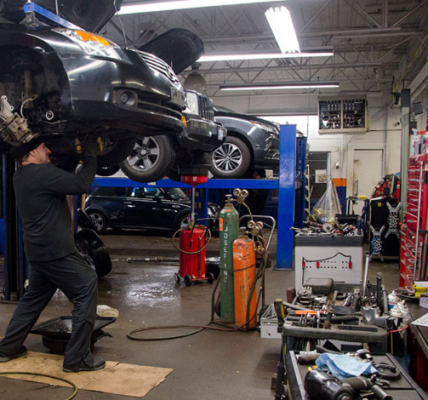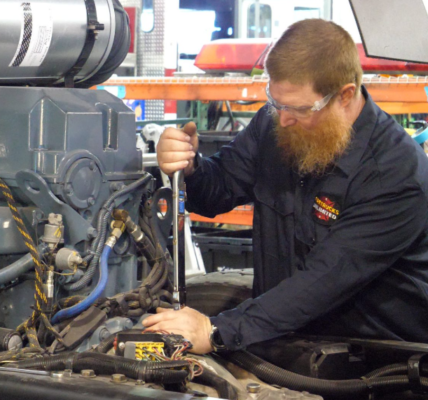When I first started taking care of my own vehicle, I used to think, “How important can oil changes and tire rotations really be?” Turns out, they’re not just important—they’re essential. These simple maintenance tasks keep your car running smoothly and can save you from expensive repairs down the road. Let me walk you through the process, why it matters, and a few lessons I’ve learned the hard way.
Why Oil Changes Matter
Your engine is like the heart of your car, and oil is its lifeblood. It lubricates all the moving parts, keeps things cool, and prevents wear and tear. Over time, though, oil breaks down, collects dirt, and loses its effectiveness.
One time, I skipped an oil change for way too long (hey, life gets busy, right?), and my car started making this awful ticking noise. Turns out, my oil had turned into sludge, and it was a costly reminder to stay on top of regular oil changes.
How Often Should You Change Your Oil?
It depends on your car and the type of oil you use. Most cars these days recommend oil changes every 5,000 to 7,500 miles with synthetic oil. Check your owner’s manual—it’s your best friend when it comes to knowing your car’s needs.
Why Tire Rotations Are a Must
Tires don’t wear evenly, especially if you’re driving on rough roads or taking tight turns frequently. Front tires usually wear out faster because they’re doing most of the steering and braking. Rotating them ensures even wear, which means longer-lasting tires and better performance.
I learned this lesson the hard way too. I skipped tire rotations for over a year, and by the time I noticed, my front tires were bald while the back ones still had plenty of tread. I ended up having to replace two tires instead of just rotating them. Lesson learned: rotate your tires every 5,000 to 8,000 miles.
The Process: What to Expect
When you go in for an oil change and tire rotation, here’s what typically happens:
- Oil Change:
- The old oil is drained, and the oil filter is replaced.
- Fresh oil is added based on your car’s specifications (conventional, synthetic blend, or full synthetic).
- Tire Rotation:
- The tires are removed and swapped according to a pattern—typically front to back and vice versa. Some patterns depend on whether your car is front-wheel, rear-wheel, or all-wheel drive.
- During this, the mechanic will usually check for uneven wear, tire pressure, and any visible damage.
DIY or Take It to a Shop?
If you’re handy with tools and enjoy working on your car, you can definitely do an oil change and tire rotation at home. But it does require the right equipment and space. Here’s what you’ll need:
- A car jack and jack stands (or a lift, if you have one)
- A socket wrench set
- An oil filter wrench
- A drain pan for old oil
- New oil and an oil filter
- A tire pressure gauge
Pro Tip: Always dispose of used oil and filters responsibly. Many auto parts stores will recycle them for free.
If DIY isn’t your style or you’re short on time, taking your car to a trusted mechanic or service center is just as effective. Many places bundle oil changes with tire rotations, so you get both done in one visit.
Signs It’s Time for Maintenance
Even if you’re not keeping track of mileage, your car will tell you when it needs some TLC:
- Oil Change Warning Light: This one’s a no-brainer—when the light pops up, it’s time to act.
- Noisy Engine or Rough Idling: Old oil can’t lubricate properly, which leads to noise and performance issues.
- Uneven Tire Wear: If one tire looks more worn than the others, it’s probably time for a rotation (or alignment).
- Decreased Fuel Efficiency: Both old oil and uneven tires can hurt your gas mileage.
The Payoff of Regular Maintenance
Taking care of oil changes and tire rotations isn’t just about keeping your car running—it’s about protecting your investment. Regular maintenance improves fuel efficiency, ensures safer handling, and extends the life of your engine and tires.
Think of it this way: spending $50 to $100 on an oil change and tire rotation every few months is a lot cheaper than dealing with a blown engine or prematurely replacing all four tires. Trust me, it’s worth it.
Whether you’re a seasoned DIYer or someone who prefers to leave it to the pros, keeping up with oil changes and tire rotations is one of the simplest and most effective ways to keep your car in great shape. A little effort now saves a lot of headaches later—take it from someone who’s learned that the hard way!








